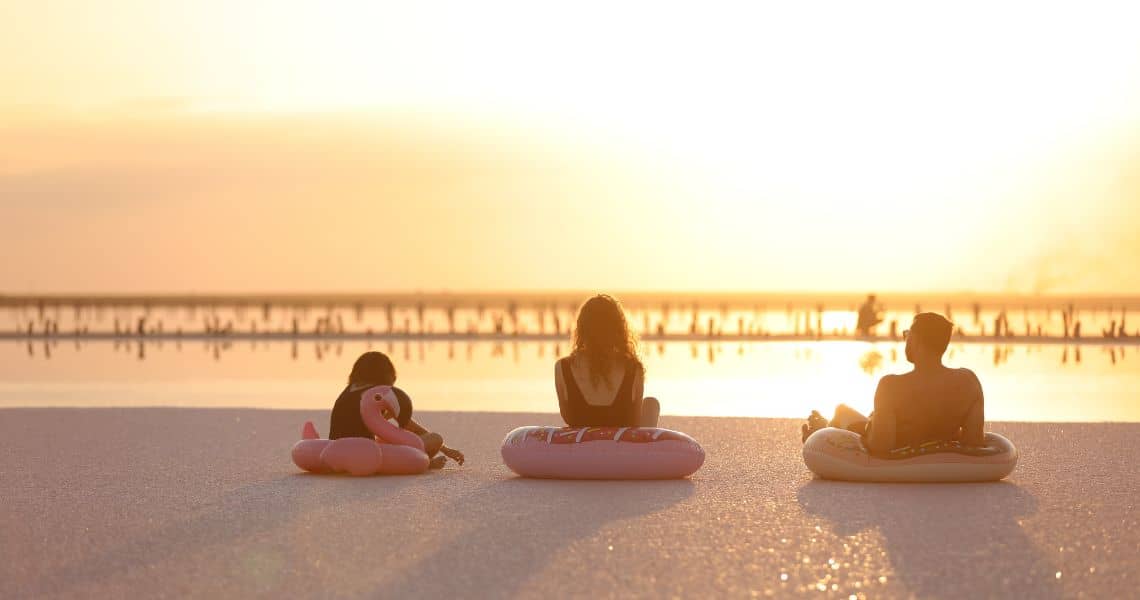
As May's sun strengthens, you must protect your skin from harmful UV radiation. Start by applying a broad-spectrum sunscreen with at least SPF 30, and don't forget to reapply every two hours. Wear protective clothing like long-sleeve UPF-rated shirts and wide-brim hats to shield your face and neck. Sunglasses are a must to protect your eyes. Remember, the best times to be outside are before 10 a.m. and after 4 p.m. to avoid peak sun exposure. Staying in the shade during midday can significantly reduce your UV exposure risk. Keep exploring this guide for more clever tips on maintaining sun-safe skin in May.
Main Points
- Apply broad-spectrum sunscreen with at least SPF 30, reapplying every two hours.
- Wear UPF-rated clothing for added protection, including long-sleeve shirts and wide-brim hats.
- Seek shade during peak UV hours, especially between 10 a.m. and 4 p.m.
- Protect eyes by wearing sunglasses with 99-100% UV protection.
- Monitor skin regularly for signs of damage and consult a healthcare provider for any concerns.
Understanding UV Radiation
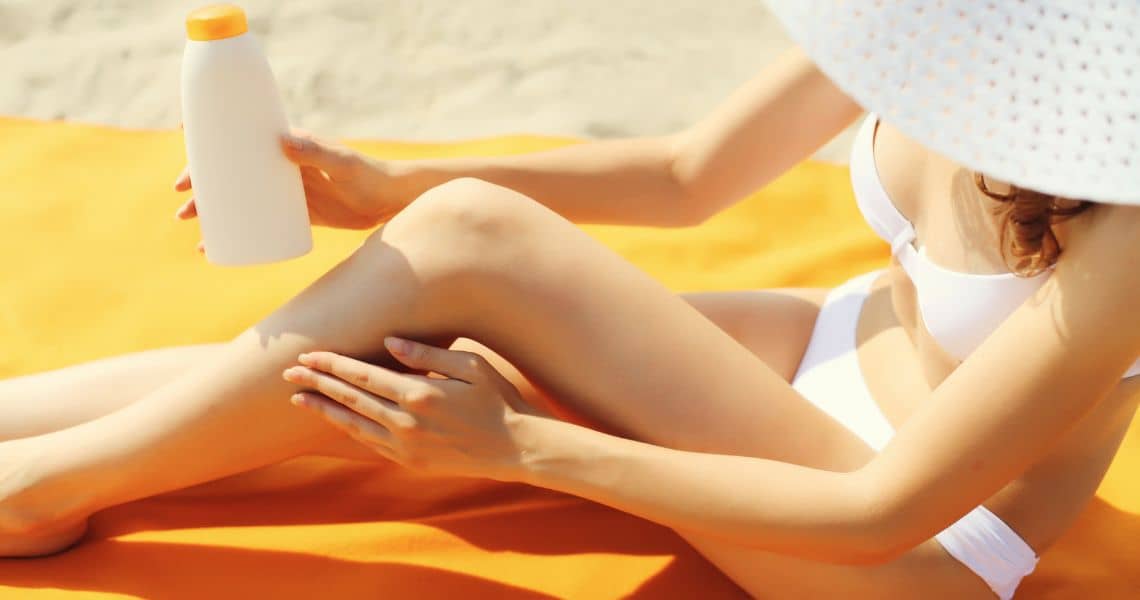
Understanding UV radiation is essential as it often determines how you protect your skin from sun damage and skin cancer. There are two main types of UV rays: UVA and UVB. UVA rays penetrate the skin deeply, leading to premature aging and wrinkles. These rays are sneaky; they can pass through windows and cloud cover, affecting you even when you don't expect it. On the other hand, UVB rays are the main culprits behind skin cancer. They tend to damage the skin's outer layers, causing sunburn, which is a direct risk factor for skin cancer.
The UV Index is a handy tool that helps you understand the daily risk of UV exposure. This scale ranges from low to extreme. When the UV Index predicts high or extreme levels, it's essential to adopt rigorous sun protection measures to protect yourself and those you care for from harmful UV radiation. Keeping an eye on the UV Index isn't just about safety; it's about empowering yourself with knowledge to make intelligent choices about sun exposure.
Importance of Sunscreen
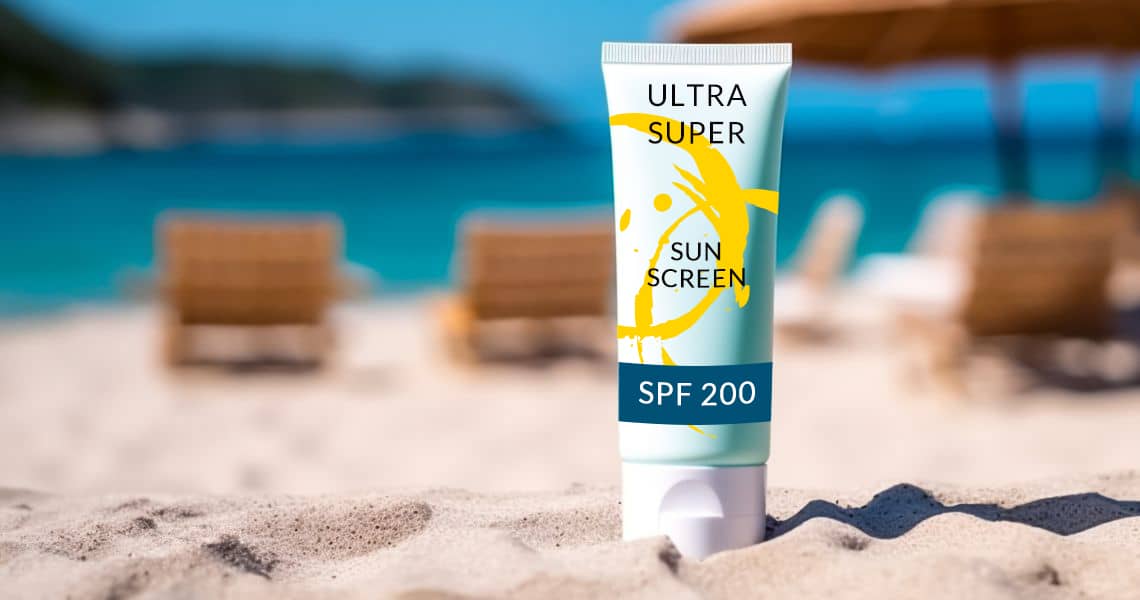
You know sunscreen is crucial for your skin's protection, but are you using it right? Choosing the correct SPF and mastering application techniques can enhance your defense against the sun's damaging rays. Let's explore how to optimize sunscreen use to ensure you're fully shielded whenever you step outside.
Sunscreen SPF Selection
Choosing the appropriate SPF for sunscreen protects your skin from harmful UVA and UVB rays. SPF 15 blocks about 93% of UV rays, while SPF 50 ramps up protection to 98%. However, don't just apply it once and forget about it. You've got to reapply your sunscreen every two hours to maintain its effectiveness, especially if you're spending extended time outdoors. Experts recommend using sunscreen with at least SPF 30 to shield yourself adequately. Opting for the right SPF level isn't just about avoiding sunburn; it's about preventing long-term skin damage. Making a careful choice can significantly reduce your risk and keep your skin healthier in the long run.
Application Techniques
After selecting the proper SPF, it's equally important to master the appropriate application techniques to optimize your sunscreen's effectiveness. Doing so will significantly lower skin cancer risk and combat UV rays' harmful impact. Here are key pointers:
- Apply Generously: Use a shot glass amount for your entire body. Most people use only 25-50% of this recommended amount.
- Cover All Exposed Areas: Don't miss spots like your ears, back of the neck, and tops of your feet.
- Reapply Regularly: Sunscreen fades with time, sweat, and water exposure. To maintain protection, reapply every two hours or immediately after swimming or sweating.
Choosing the Right SPF
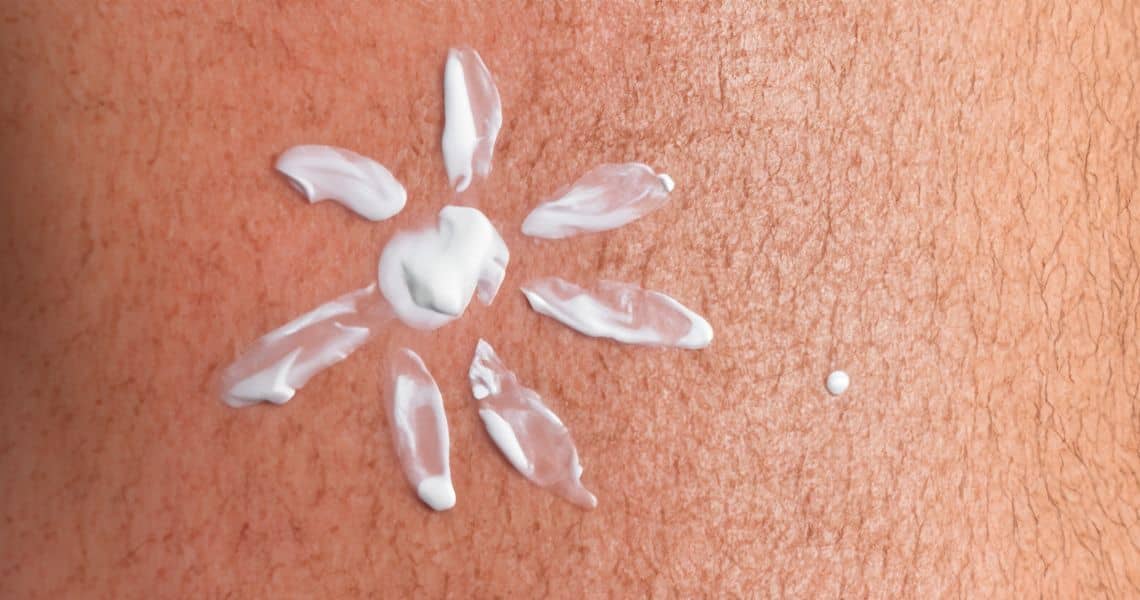
When choosing a sunscreen, comprehending SPF levels is crucial to guaranteeing maximum protection. It's not just about picking any SPF; you need to consider how long you'll be outside and the sun's intensity. We'll also cover the best practices for application to keep your skin safe under the sun's rays.
SPF Levels Explained
Understanding SPF levels is essential in selecting a sunscreen that protects your skin from UV radiation. Here's a quick guide to help you choose:
- SPF 15: Blocks 93% of UV rays, suitable for short outdoor periods.
- SPF 30: Recommended for prolonged exposure, blocking about 97% of UV rays.
- SPF 50: Offers up to 98% protection, ideal for susceptible skin or peak sun hours.
Always remember that higher SPF values increase protection but don't offer all-day coverage. You'll need to reapply every two hours to maintain adequate skin protection. Selecting the right SPF level is vital for your safety and ensures you're well-equipped to serve and help others under the sun safely.
Application Best Practices
Now that you know how to select the appropriate SPF level, let's explore how to apply sunscreen effectively to maximize your protection. Remember, choosing the correct SPF based on your skin type and the duration of sun exposure is essential.
For everyday activities, SPF 15 blocks about 93% of UVB rays, making it suitable for short periods outside. If you're planning extended outdoor activities, opt for SPF 30 or SPF 50 to shield against up to 98% of UVB rays.
Always apply sunscreen generously 15 minutes before sun exposure and reapply every two hours or immediately after swimming or sweating. This routine guarantees continuous protection against harmful UV radiation and keeps your skin safe and healthy.
Protective Clothing Essentials

Investing in protective clothing with a UPF rating is vital for shielding your skin from harmful UVA and UVB rays. When you're outdoors, whether for work or recreation, UPF-rated clothing acts as a first line of defense against the sun's damaging effects. It's a simple yet effective way to reduce your risk of skin cancer. Consider these key pieces of UPF clothing to incorporate into your wardrobe:
- Long-sleeve shirts: These provide extensive coverage for your arms, which are often exposed to direct sunlight. Opt for tightly woven fabrics to maximize protection.
- UPF-rated pants: Just like your arms, your legs need protection too. Long pants don't just shield against UV rays but also help prevent other outdoor hazards.
- UPF bands and sleeves: These accessories can be worn to cover exposed skin on your arms for added protection, especially if you're wearing short sleeves.
By choosing these garments, you're protecting yourself and setting a responsible example for others who may look up to you in your community or workplace. Remember, UPF clothing blocks a significant amount of UV radiation from reaching your skin, directly contributing to your overall health and well-being. Embracing UPF-rated clothing isn't just about personal safety; it's about fostering a culture of health awareness and prevention. These protective measures are essential whether you're spending a day at the park, working outdoors, or simply walking. Make sun safety a priority in your daily routine to keep your skin healthy and cancer-free.
Benefits of Wearing Hats

When you choose a hat for sun protection, you're shielding your facial skin from harmful UV rays and embracing various stylish options. Hats with a higher UPF rating enhance this protection, ensuring that areas like your scalp and hairline are less vulnerable to sun damage. Whether you wear a wide-brimmed hat or a baseball cap, incorporating this accessory greatly boosts your defense against the sun's intense rays during outdoor activities.
Shielding Facial Skin
Wearing a wide-brim hat shields your face from the sun's harmful rays, significantly reducing the risk of skin damage and aging. When you choose a hat for UV protection, you're actively taking steps to prevent skin cancer and keep your skin healthier. Here's how a good hat benefits your face:
- Protection from UV rays: Hats with a wide brim offer significant coverage, blocking UV rays that can lead to skin cancer.
- Preserves skin youthfulness: Reducing exposure minimizes the risk of premature aging and wrinkles.
- Enhances overall skin health: Consistent hat use in sunny conditions helps maintain skin integrity over time.
Adopting this simple habit can make a big difference in your skincare routine.
Hat Styles Variety
Why not explore the variety of hat styles available, which enhance your fashion sense and provide essential sun protection? Wide-brim hats are a top choice. They offer excellent coverage for the face, neck, and ears and reduce the risk of skin cancer caused by harmful UV rays. Bucket hats deliver 360-degree protection, making them perfect for all-around sun defense. For added security, consider baseball caps with neck flaps, which extend the shade to your neck and ears. Straw hats lined with UPF fabric blend style with functionality, ideal for sunny outings. Finally, fedoras with wide brims combine chic with effective shielding against sun damage. Choosing the right hat style can significantly enhance your sun protection strategy.
Enhancing UV Protection
Building on the variety of stylish hats discussed, it's important to note that these fashionable choices also boost your defense against the sun's harmful UV rays. When you choose a hat, you're not just adding a piece to your wardrobe; you're actively protecting your health. Here's how hats can serve as your personal shield:
- UPF Ratings: Hats with high UPF ratings block a substantial percentage of UV rays, reducing exposure.
- Coverage: A wide-brimmed hat offers extensive coverage for your face, neck, and ears, key areas vulnerable to sun damage.
- Material: Opt for hats made from tightly woven fabrics for superior sun protection.
Embracing hats as part of your daily outfit enhances your style and significantly contributes to your long-term skin health, preventing skin aging and other sun-induced damage.
The Role of Sunglasses
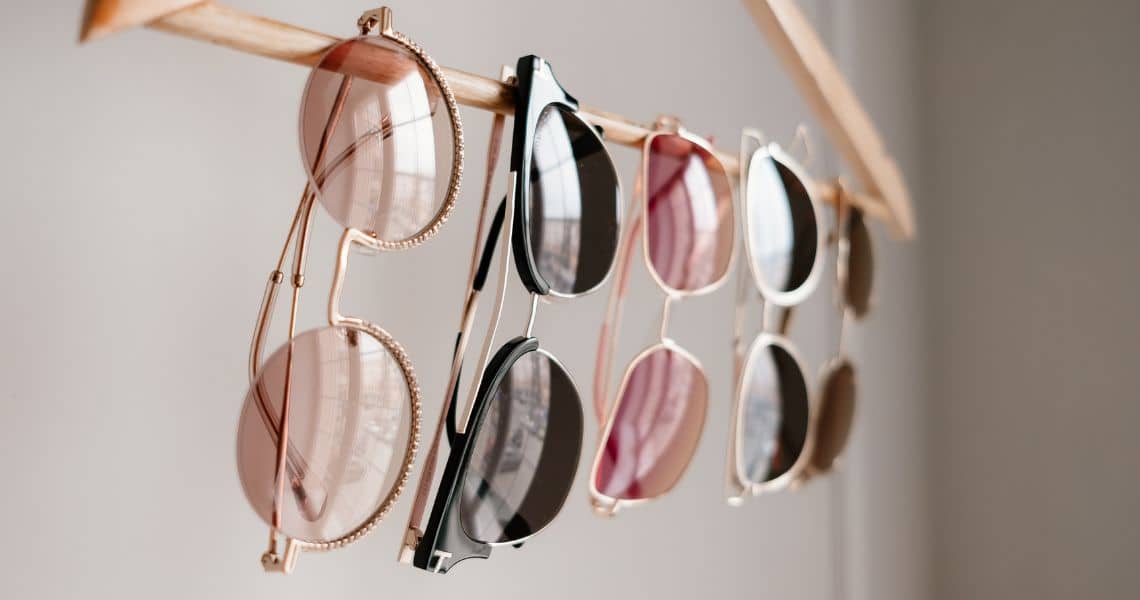
To shield your eyes effectively, consider polarized sunglasses that block virtually all harmful UV rays. These aren't just a summer accessory; they're a year-round necessity to maintain your eye health and prevent eye damage. UV rays, present even on cloudy days, can cause severe conditions like eyelid cancer, cataracts, and macular degeneration. By choosing sunglasses with high UV protection, you're not only protecting your sight but also contributing to your overall well-being.
When selecting your sunglasses, ensure they offer 99-100% UV protection against UVA and UVB rays. This dual protection is vital as it helps prevent the full spectrum of eye health issues related to sun exposure. Not all sunglasses provide adequate UV protection, so it's worth checking the labels carefully. Opt for those that meet or exceed industry standards to ensure you get the maximum benefit.
Beyond health, modern sunglasses also add an element of style and are essential for those who spend significant time outdoors, especially workers exposed to prolonged sunlight. The right pair combines fashion with function, providing a practical way to express personal style while staying protected. Investing in a durable, high-quality pair of sunglasses is an act of self-care that also extends to caring for others. By safeguarding your eyes, you're ensuring you can continue to serve and support your community effectively. Don't overlook this critical aspect of sun safety; make sunglasses a staple in your everyday outdoor gear.
Seeking Shade Effectively

Seeking shade efficiently during peak sun hours can significantly reduce your risk of UV exposure and skin damage. When the sun is at its strongest, typically between 10 a.m. and 4 p.m., finding the right shade is vital for your comfort and health. It's about protecting yourself and those you serve from the harmful effects of the sun. Here are some practical ways to seek shade effectively:
- Choose Locations Wisely: Opt for spots under large trees with dense foliage or beneath sizeable umbrellas and canopies. These structures are designed to block direct sunlight and provide a more extensive protection area.
- Use Portable Shade: Carry a portable umbrella or a pop-up tent when you know you'll be outdoors for extended periods. This way, you can create your shade wherever you go, ensuring continuous protection.
- Be Mindful of Reflective Surfaces: UV rays can bounce off surfaces like water, sand, and concrete. Even in the shade, these reflective surfaces can increase your UV exposure. Position yourself accordingly to minimize this risk.
While natural shade from trees or built structures like pavilions can offer significant protection, it's essential to be aware of your environment. Surfaces that reflect UV rays can undermine the effectiveness of the shade. By choosing your shaded spots wisely and using barriers against reflected UV rays, you're taking proactive steps to reduce your risk of skin damage and skin cancer. Remember, every effort you make counts towards preserving your health and setting a positive example for those around you.
Timing Your Sun Exposure
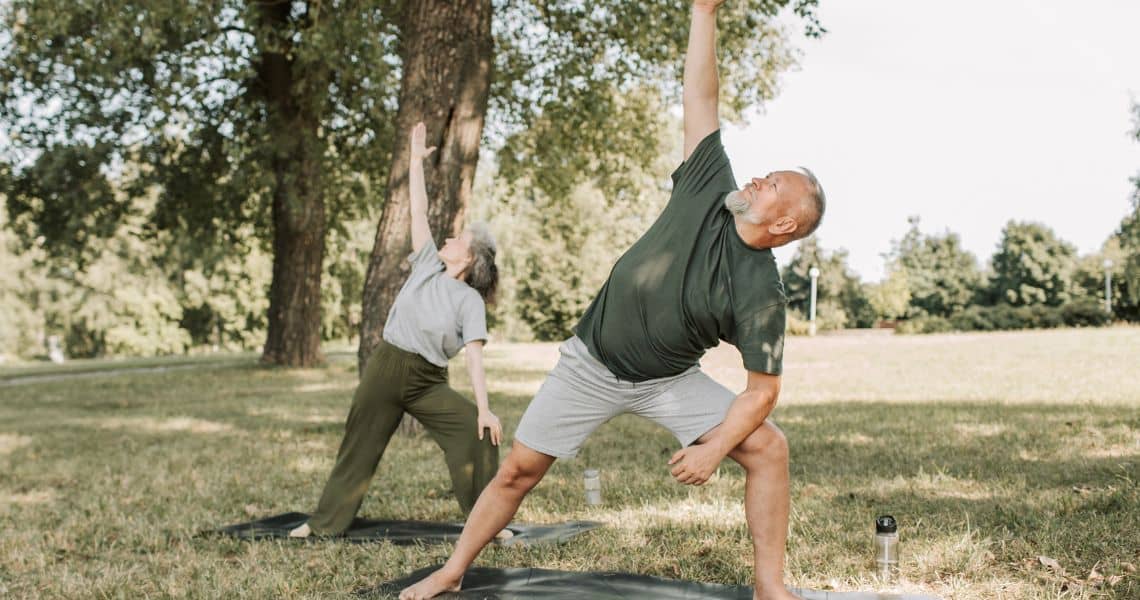
You'll best protect your skin by timing your outdoor activities before 10 a.m. or after 4 p.m. when UV radiation isn't as intense. During these times, the Sun Protection Factor (SPF) you choose can work more effectively, shielding your skin from the less severe UVA and UVB rays that cause premature aging and skin cancer. Understanding this timing helps you minimize the risk and maximize your enjoyment outdoors. Peak hours, typically from 10 a.m. to 4 p.m., are when the sun's rays are most powerful.
If you must be outside during these hours, remember that the sun doesn't spare anyone. Plan brief intervals in the shade and consider your exposure times carefully to avoid the brunt of these harmful rays. It's not just about avoiding sunburn; it's about the long-term protection of your skin's health. Limiting sun exposure during these peak hours can significantly reduce UV radiation absorption. This isn't just a precaution—it's a proactive approach to skincare.
Even on cloudy days, UV rays can penetrate the atmosphere and pose a risk, so don't be fooled by overcast weather. Adapting your schedule might require adjustments, but your skin will thank you. Whether stepping out for a walk or planning a day at the beach, timing your exposure to avoid the sun's peak can make all the difference. By managing when you soak up the sun, you're taking a decisive step in caring for your skin's health and your overall well-being.
Sun Protection for Kids

Safeguarding your child's skin from the sun is essential, given their increased vulnerability to UV damage and the long-term health risks associated with sunburns during youth. Implementing effective sun protection strategies for your children isn't just a precaution; it's a necessity. Firstly, choosing the right sunscreen is essential. It would be best to opt for a product offering at least SPF 30. This level of protection blocks about 97% of UVB rays, reducing the risk of immediate and long-term skin damage. Apply the sunscreen generously 15 minutes before your kids go outside, and don't forget to reapply every two hours or more often if they're swimming or sweating heavily. Besides sunscreen, consider other protective measures to shield your children from harmful UV exposure:
- Wide-brim hats: These provide shade, covering the face, ears, and back of the neck, areas highly susceptible to sunburn.
- UV-protective clothing: Look for garments with a UPF (Ultraviolet Protection Factor) rating that indicates how much UV radiation the fabric can block. A UPF of 50 allows just 1/50th of the sun's UV rays to reach the skin.
- Sunglasses with UV protection: Protect your child's eyes from UV rays, which can lead to future eye problems.
Recognizing Skin Damage Signs
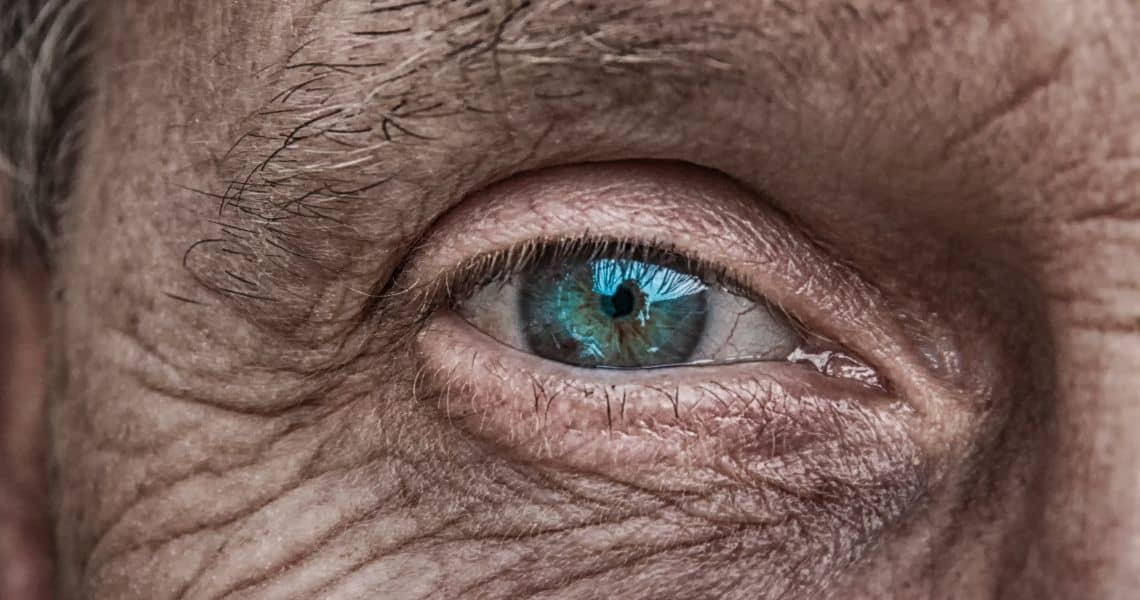
While enjoying the sun, it's important to recognize signs of skin damage such as new growths or changes in existing moles. Being aware of these early signs can protect you and those you care for from severe consequences like skin cancer. The sun emits UV rays that can damage your skin over time. To help you identify potential issues, look for moles that have irregular borders or asymmetry. Also, any changes in color or size should prompt a visit to your healthcare provider. Another telltale sign of skin damage is sores that don't heal. If you or someone you care for has a sore that persists despite basic care, it's essential to seek medical advice. Such vigilance can be the key to early detection of skin issues before they develop into more serious conditions. Additionally, rough, scaly patches or persistent itching are indicators not to ignore. These can be signs of precancerous conditions, especially in areas frequently exposed to the sun.
Preventative Skin Care Tips
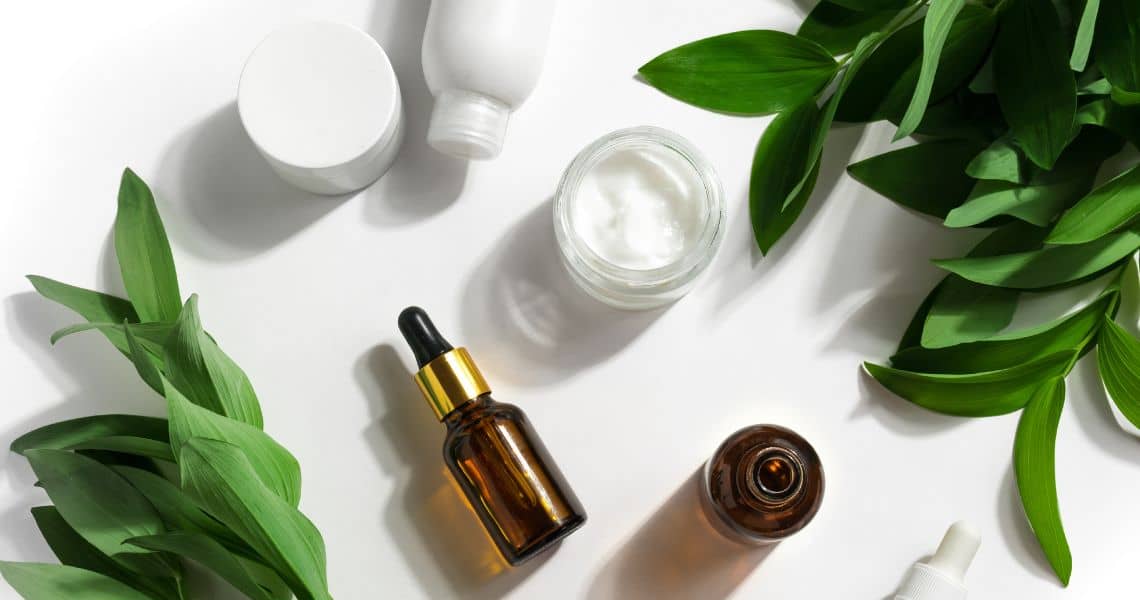
Now that you know how to spot signs of skin damage, let's focus on preventing it actively with effective skincare strategies. Prevention isn't just a personal benefit but a way to serve others by setting a proactive example, especially in reducing the risk of skin cancer. Sunscreen is your first line of defense against harmful UV rays. Always choose a broad-spectrum sunscreen with an SPF of 30 or higher. Don't just dab it on; apply it generously to all exposed skin. Remember, the sun doesn't discriminate, even on cloudy days or during winter months. Alongside using sunscreen, consider these preventive measures:
- Wear Protective Clothing: Opt for long-sleeve shirts, pants, and wide-brim hats. These provide an additional layer of protection, significantly reducing your exposure to UV rays.
- Seek Shade: Especially during the peak sun intensity hours between 10 a.m. and 4 p.m., use umbrellas, trees, or other shelters. It's a simple yet effective way to shield yourself.
- Reapply Sunscreen: It wears off more quickly than you might think. Reapply every two hours or immediately after swimming or sweating.
Beyond these steps, protect your eyes with sunglasses that block 99% to 100% UV light. Eye protection is often overlooked but is essential in the overall prevention strategy.
Frequently Asked Questions

What Are the Guidelines for Sun Exposure Protection?
To protect yourself from sun damage, limit exposure, especially midday. Wear UV clothing, find shade, wear sunglasses for eye protection, and apply sunscreen. Remember dietary antioxidants, and beware of reflective surfaces!
What Are 5 Ways You Can Be Safe in the Sun?
You can stay sun-safe by wearing UV clothing, seeking shade structures, maintaining hydration, using eye protection, and practicing after-sun care. These steps help minimize your risk of skin damage and enhance outdoor safety.
What Is the Safest Time to Be Out in the Sun?
The safest times to be outdoors are before 10 a.m. or after 4 p.m. Monitor the UV index, use shade, opt for protective clothing, and plan morning activities to minimize sun exposure.
What Sunscreen Does the Cancer Society Recommend?
The Cancer Society suggests sunscreen with a minimum SPF of 30. Make sure it's water-resistant, reapply every two hours, and choose a formula suited for children if needed. Check for broad-spectrum ingredients for best protection.
Conclusion

Now that you're equipped with sun-safety knowledge, don't skimp on sunscreen or skip the hat. Embrace protective clothing and time your outdoor activities wisely, especially for kids. Always look for signs of skin damage and stay proactive with your skincare. Remember, taking simple steps to protect yourself from UV rays can make a huge difference. Enjoy the sunny days ahead, but always prioritize your skin's health. Stay safe and shine on!



